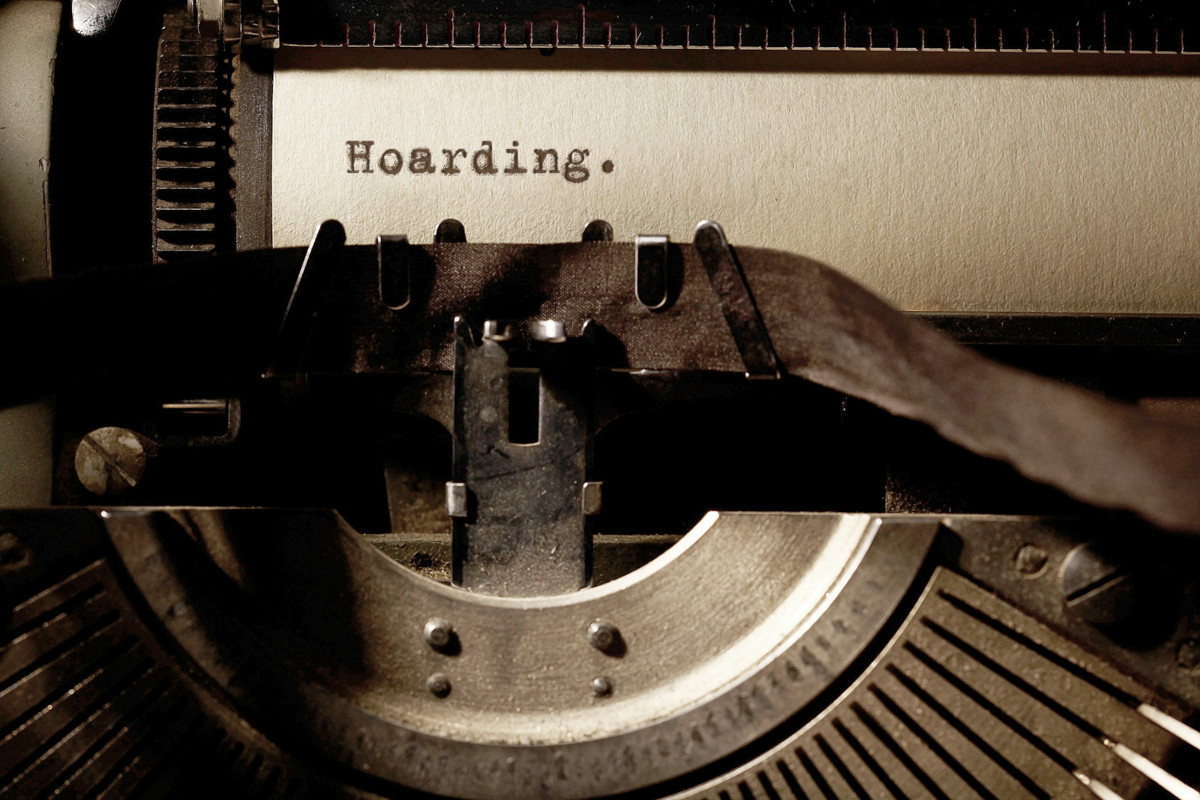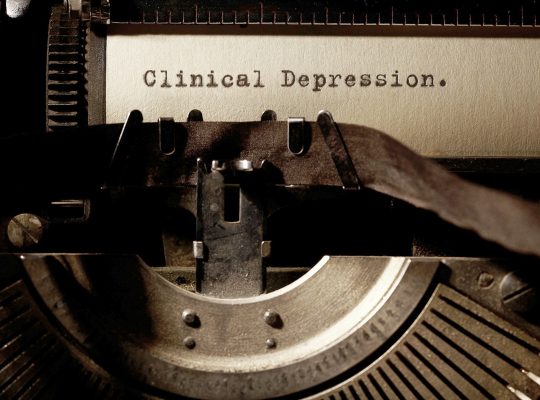How To Suppress Bad Memories
While completely erasing bad memories isn’t possible, learning how to suppress or manage them effectively can play a significant role in healing and improving mental well-being.
DISABLED ENTREPRENEUR – DISABILITY UK
Disability UK Online Health Journal – All In One Business In A Box – Forum – Business Directory – Useful Resources – Health – Human Rights – Politics
DISABLED ENTREPRENEUR – DISABILITY UK
Disability UK Online Health Journal – All In One Business In A Box – Forum – Business Directory – Useful Resources – Health – Human Rights – Politics
Browsing Category

While completely erasing bad memories isn’t possible, learning how to suppress or manage them effectively can play a significant role in healing and improving mental well-being.

A personal reflection on taking things for granted, regret, grief, empty nest syndrome, and the connection to mental health—highlighting how loss teaches us the value of people and moments.

A first-person account of mental-health stigma within a traditional rural Polish family: why it’s hard to explain mental health to older generations, how judgement impacts wellbeing, and what the statistics say about stigma and discrimination in Poland.

Hoarding is a serious disorder with far-reaching consequences. Understanding its causes, recognizing its symptoms, and seeking appropriate treatment can significantly improve the lives of those affected. By increasing awareness and compassion, we can better support individuals in overcoming the challenges associated with hoarding and help them lead healthier, more organized lives.

Grief is a powerful force, but it’s often the guilt and regret that linger in the shadows, slowly eating away at our sense of peace. Losing someone can bring to the surface feelings that we’d rather not face—memories of what we didn’t do, words we didn’t say, and actions we wish we could take back.

The imposition of sanctions on individuals with depression and anxiety, while disregarding medical professionals’ assessments, constitutes a form of indirect discrimination and ableism.

Distance learning, while convenient, can present challenges to mental health, such as feelings of isolation, lack of structure, and increased pressure. However, with the right strategies in place, students can maintain and even improve their mental well-being.

Mental health challenges can affect anyone, regardless of their profession or life circumstances. Whether it’s a lawyer managing the pressures of a courtroom, a teacher shaping young minds, or a student balancing academic and personal life, mental health plays a critical role in an individual’s overall well-being.

Managing distressing memories through existing therapies, mindfulness, and support networks remains the most accessible path. As research continues, the dream of selectively forgetting the bad while keeping the good may one day become a reality. Until then, moments of natural relief, like forgetting an OCD trigger and finding the anxiety has passed, remind us of the brain’s capacity to heal itself.

Eating disorders are complex mental health conditions that involve a persistent disturbance in eating behaviors, thoughts, and emotions. They are often deeply intertwined with mental health issues and can significantly impact physical health, emotional well-being, and quality of life.